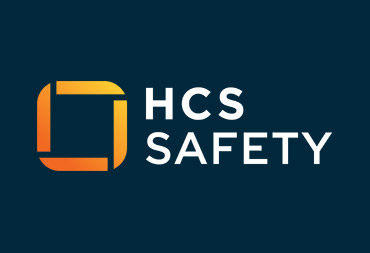The Health and Safety Executive’s (HSE) annual statistics for 2022/23 offer a comprehensive look into the current state of work-related health issues and injuries.
This analysis illuminates key trends and insights and guides strategies for creating a safer work environment in the future.
In this blog, we’ll break down HSE’s main stats and trends alongside what they mean for your company.
Key Findings from the 2022/23 Report
HSE’s 2022/2023 report is notable as it’s the first report released since the COVID-19 pandemic began to subside. It provides up-to-date information about the current situation of workplace-related health across the UK.
The five core themes are:
- Work-Related Ill Health: Approximately 1.8 million workers suffered from work-related ill health, both new and longstanding cases. Many of these cases were attributed to stress, depression, or anxiety, indicating a rising concern for mental health in the workplace.
- Musculoskeletal Disorders: Work-related musculoskeletal disorders affected around half a million workers, a significant portion of the workforce, showcasing the need for better ergonomic practices in various industries.
- Fatalities and Injuries: The report highlighted 135 work-related fatalities and over 600,000 non-fatal injuries. This shows a general downward trend over the last 10 to 15 years.
- Economic Impact: The financial burden of work-related ill health and injuries remains staggering, amounting to £20.7 billion annually. This includes the costs of new cases of work-related ill health and workplace injuries.
- Industry-Specific Trends: Certain industries like human health/social work, education, and public administration showed higher rates of work-related ill health. In contrast, industries like agriculture, construction, and wholesale/retail trade reported higher rates of non-fatal injuries. This shows how some workplaces are more vulnerable to mental-health-related issues, which has become a dominant concern within workplace-related health in general.
Insights and Strategies for the Future
There are four key insights we can take from these trends:
- Mental Health Focus: The high incidence of work-related stress, depression, and anxiety calls for a stronger emphasis on mental health in the workplace. Workplaces should deliver mental health-related training and education to help counteract this alarming trend.
- Preventive Measures: Understanding the nature of injuries and fatalities can help in devising more effective preventive measures, particularly in high-risk industries. High-risk industries should now be considered those at high risk of mental health-related issues rather than solely those at risk of non-fatal injury.
- Ergonomic Solutions: The prevalence of musculoskeletal disorders underlines the need for ergonomic interventions across sectors that require manual handling and physically intense work.
- Economic Consideration: The financial impact of workplace injuries and ill health requires a more economically sustainable approach to workplace safety. While this requires a society-wide effort, companies will play a greater role in ensuring the long-term well-being of their employees.
All in all, while fatal injuries and types of physical non-fatal injuries are on the downgrade, the data shows high levels of absence, with 338,000 workers suffering from new forms of mental health conditions.
This is highest in human health, social work, education, public administration, and defence.
Workplaces must take deeper steps to bolster their workforce’s well-being, going beyond the superficial to deliver comprehensive training that caters to both physical and mental needs.
Enhance Your Workplace Health With HCS Safety
The data from HSE provides a foundation for developing more effective health and safety strategies.
HCS Safety, a leading provider of health and safety education and training, is constantly developing its approaches to delivering upon the health needs of businesses today.
This includes all types and levels of training, from IOSH and NEBOSH courses to working from height training, emergency training, and courses designed to help improve and protect mental health in the workplace.
View our comprehensive courses today to build a safer, more productive workplace.




